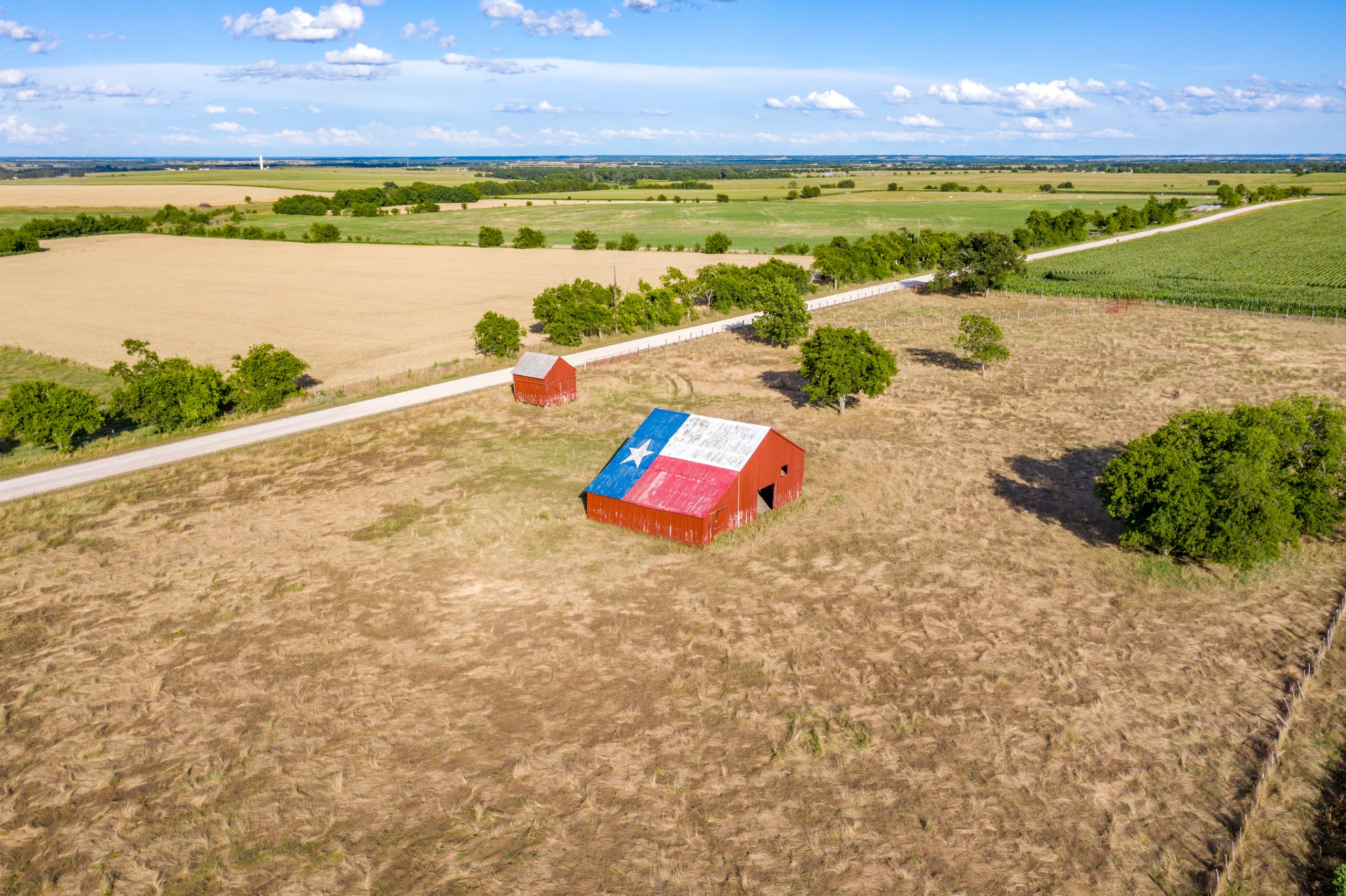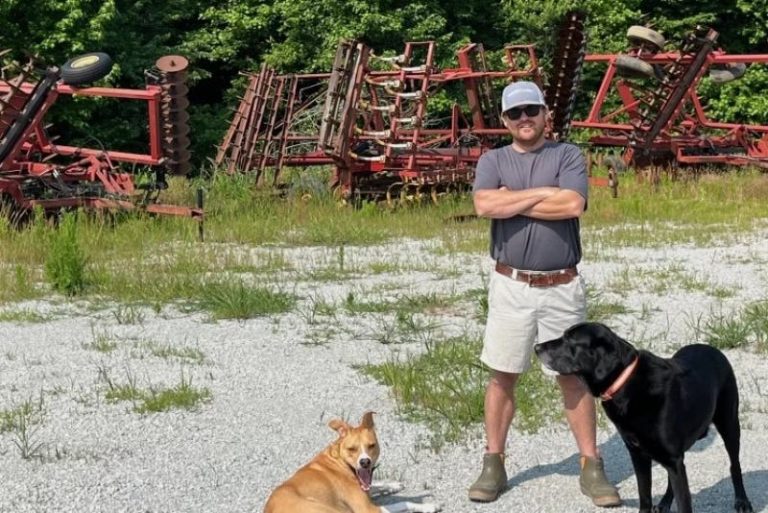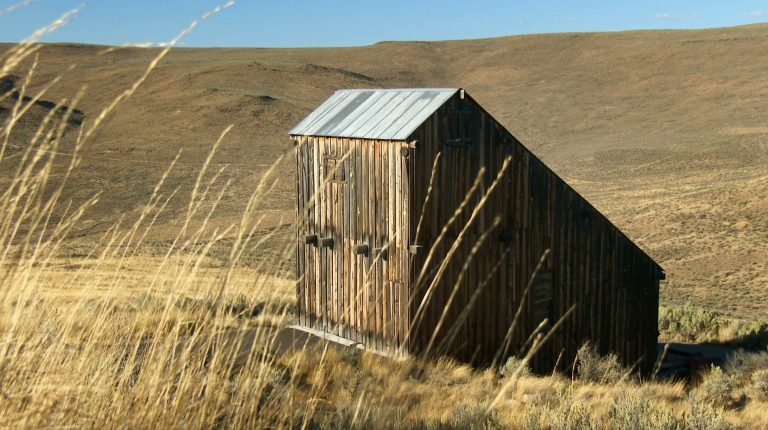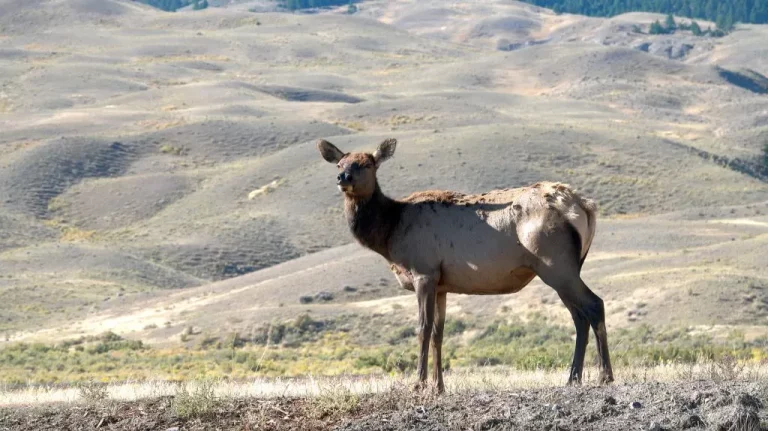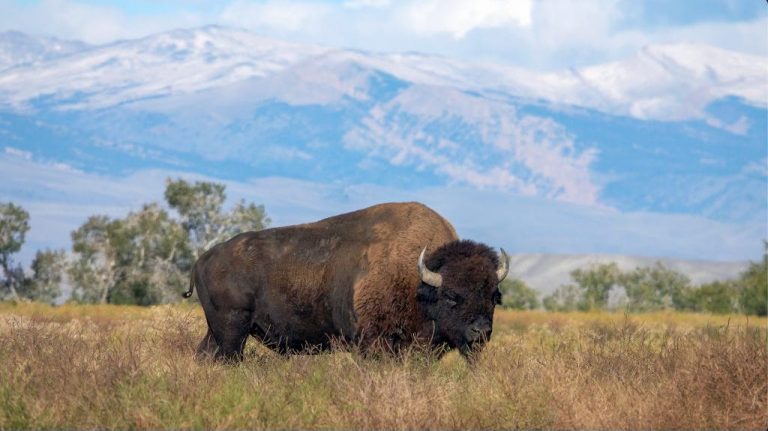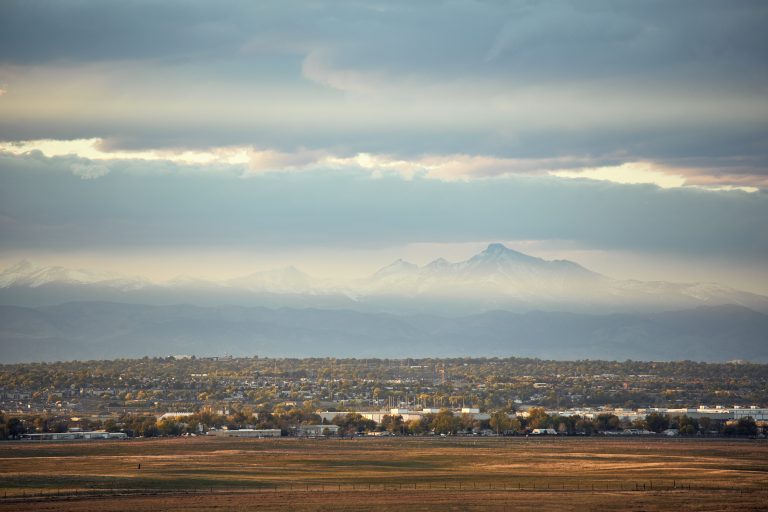How Texas Ranchers Are Losing Their Water to Urban Thirst—and Why the Fight for Groundwater Could Decide the State’s Rural Future
Yanasa TV News
Stretching across the rolling limestone hills of Central Texas, the ranches of the Hill Country are icons of the American rural landscape. Here, generations of families have carved out a living by coaxing life from the land, drawing water from deep, ancient aquifers. But in 2025, the flow beneath their feet is threatened as never before. Booming urban growth, insatiable demand, and lucrative groundwater export deals have set the stage for a historic battle—one that pits the survival of rural ranchers against the ambitions of Texas’ fastest-growing cities. Now, as ranchers like the Johnson family of Blanco County fight for their way of life, a flashpoint has emerged in Texas’s enduring “water wars”—a struggle that will decide who controls the state’s most vital resource.
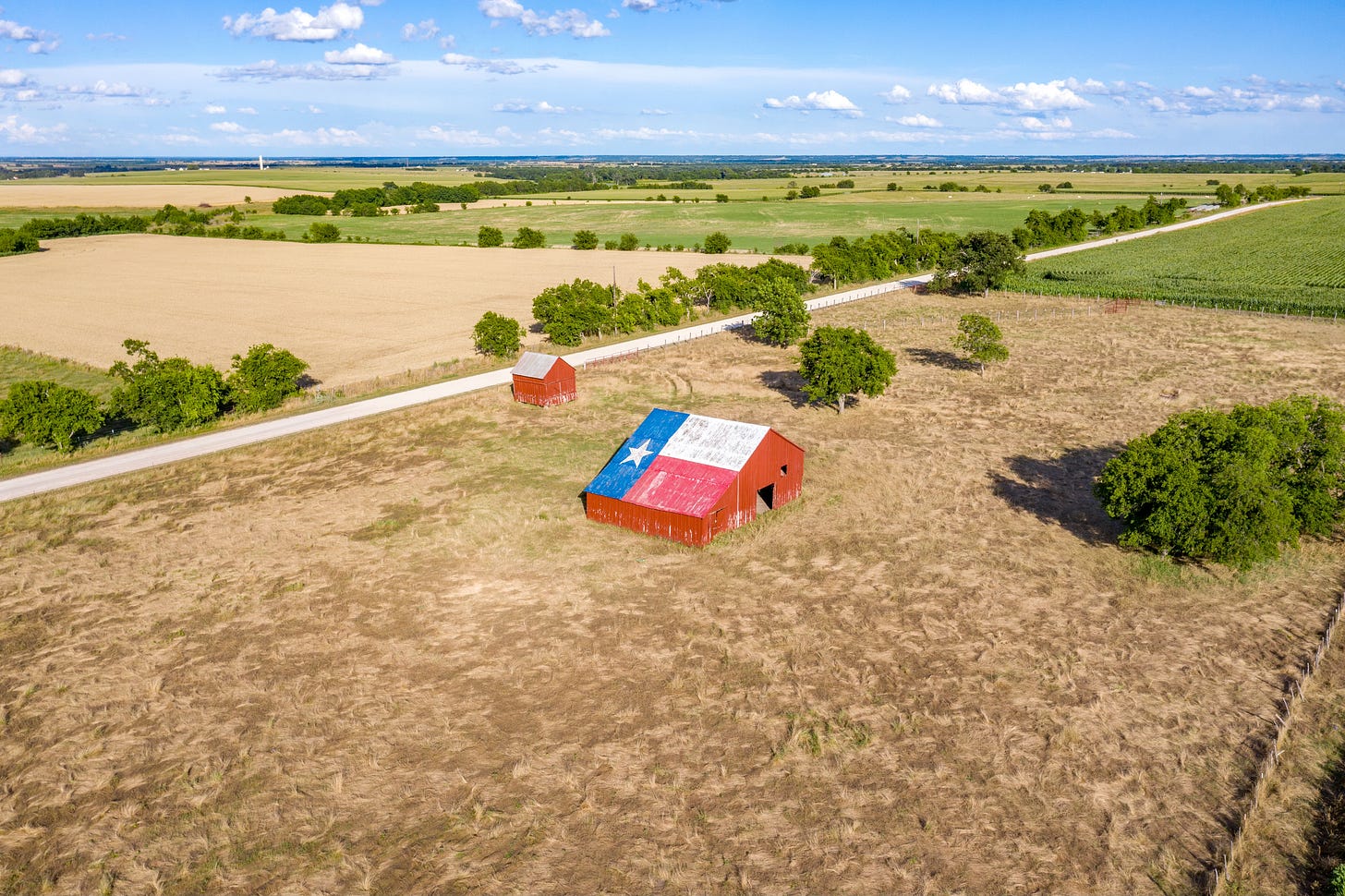
A Ranch on the Brink
In the heart of Blanco County, the Johnson family has tended their ranch for nearly a century. Their fields, once flush with drought-resistant native grasses, now shimmer with a dusty pallor. The culprit: plunging water tables and repeated well failures. “We’re spending thousands just to keep the cattle watered,” says Tom Johnson, whose family has been forced to deepen their Trinity Aquifer well—twice—in the last five years. As the region’s groundwater is pumped and piped away to feed suburban lawns and city fountains, the Johnsons have seen their reliable springs dry up, their herd shrink, and their future darken.
The emotional toll is matched only by the financial one. “It’s not just the well,” Tom’s wife, Carol, adds. “We’ve lost two entire fields to dryland. We’re at the point where we have to choose between drilling deeper or selling out.” For the Johnsons, the land isn’t just a business—it’s their legacy. And they are not alone.
More Ranches, More Flashpoints
The Johnsons’ plight is echoed in ranches and farms across Texas. Major water export projects, from the Vista Ridge pipeline to new mega-well fields in East and Central Texas, have ignited fierce resistance from rural landowners, counties, and even cities.
1. East Texas Mega-Wells: Anderson, Houston, Henderson Counties
In mid-2025, Redtown Ranch Holdings and Pine Bliss LLC applied for permits to drill over 50 wells, extracting up to 15 billion gallons per year from the Carrizo-Wilcox and Queen City aquifers. This proposal quickly became a rural flashpoint:
- Local Impact: Ranchers and homeowners in Leon, Anderson, and Houston counties warned that private wells—some used for livestock, some for entire rural communities—could go dry. Many reported visible drops in water pressure and streamflow even before the full-scale pumping began.
- Governmental Backlash: Multiple county courts filed formal protests, triggering State Office of Administrative Hearings (SOAH) proceedings. Over 2,000 local residents submitted contest letters, turning sleepy town halls into battlegrounds.
- Scandal and Distrust: Revelations that a district board member may have financial ties to the well applicants only fueled anger and suspicions that “outsiders and corporations get the water, locals get the dust.”
2. Burleson to San Antonio: The Vista Ridge Pipeline
Nicknamed the “San Antone Hose,” the Vista Ridge pipeline is a cautionary tale for every rancher with a well:
- Scale and Impact: Since 2020, this 142-mile pipeline has delivered tens of millions of gallons daily from Burleson County to San Antonio. For ranchers like the Scouras family, the project meant sudden, unexplained drops in well levels. Water that once sustained cattle, wildlife, and families for generations started vanishing at an unprecedented pace.
- Regulatory Limits: Despite pleas and petitions, groundwater districts have not enforced new restrictions. The pipeline keeps running, even as rural wells dry up and the rural-urban divide deepens.
3. Central Texas: Upwell Water Pipeline to Georgetown
In the heart of Texas, Upwell Water’s proposal to export 89 million gallons per day from the Carrizo-Wilcox to the booming city of Georgetown sparked a bitter legal showdown:
- Legal Battle: Cities like Bryan and College Station, and even Texas A&M University, filed lawsuits, arguing that the plan would “drain the water source of the region,” leaving ranchers and existing communities high and dry.
- Settlement Developments: As of June 2025, a tentative agreement could place limits on the most aggressive exports, but uncertainty and tension remain for hundreds of rural landowners who fear for their wells.
4. Hill Country: Utility Overdraw and Legislative Showdown
In counties like Hays, Blanco, Comal, and Travis, rural water crises have reached a boiling point:
- Utility Overuse: Utilities such as Aqua Texas and Dripping Springs Water Supply Corporation have been accused of pumping far beyond drought restrictions. In some cases, their reported pumping nearly doubled the limits imposed during critical drought periods.
- Fines and Lawsuits: The Hays Trinity Groundwater Conservation District levied a $489,000 fine against Aqua Texas, a rare rebuke but a drop in the bucket compared to the value of exported water.
- Legislative Tug-of-War: House Bill 2812 (which would exempt public-supply wells from local oversight) and Senate Bill 2660 (which would strengthen local control and monitoring) are at the heart of an intense legislative struggle—pitting rural survival against development lobbies.
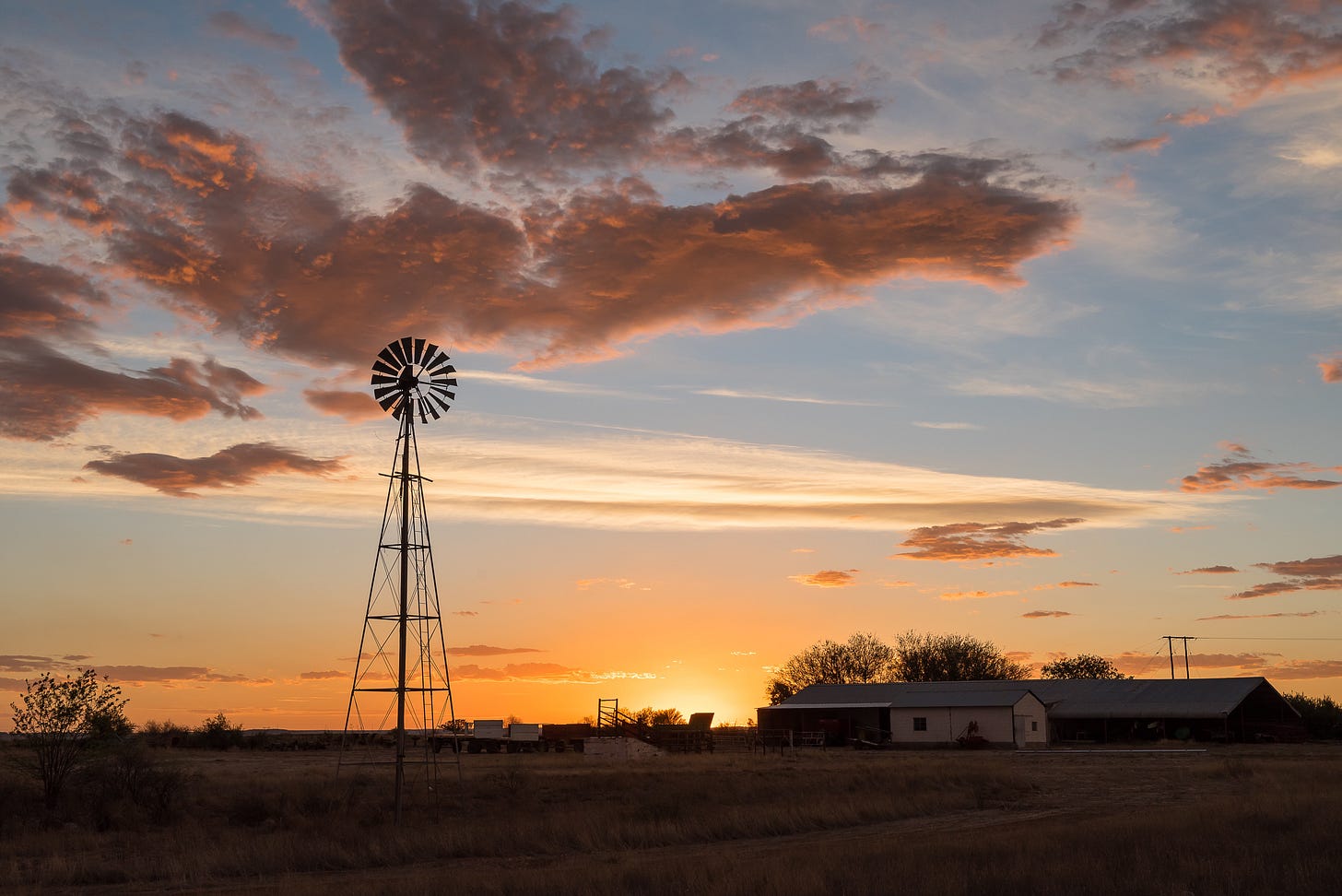
How Regulation Fails Rural Texas
At the heart of the crisis lies a uniquely Texan legal doctrine: the “rule of capture.” Under this rule, landowners can pump as much groundwater as they want—even if it drains their neighbor’s well. Groundwater conservation districts, empowered by Chapter 36 of the Texas Water Code, are supposed to manage extraction through permits, but their authority is narrow and frequently undermined by industry lobbying and legal challenges.
A landmark 2012 Texas Supreme Court decision, Edwards Aquifer Authority v. Day, affirmed that groundwater is private property, yet districts rarely deny export permits. Instead, they struggle to monitor pumping and lack the power to force reductions, even when rural wells go dry. Some districts, such as the Brazos Valley GCD, have imposed mitigation fees, but enforcement is weak and the pace of new permits only accelerates.
In the Hill Country, the regulatory showdown has come to a head. Recent legislative battles in Austin—between bills seeking to strengthen local control and those aiming to strip oversight from water utilities—reveal the deep schism between rural stewardship and urban ambition. The result is a regulatory regime that is both fragmented and, for many ranchers, fundamentally unjust.
Environmental and Economic Fallout
The consequences of unchecked groundwater export are both immediate and long-term. In Blanco County and beyond, ranchers face well-deepening costs ranging from $10,000 to $40,000, loss of forage, and declining livestock yields. As the springs that once watered their cattle run dry, families are forced to reduce herd sizes or abandon land altogether.
But the impact is not limited to ranchers. Iconic Hill Country springs like Jacob’s Well—once a community swimming hole and ecological jewel—have dried up repeatedly, threatening wildlife and tourism economies. Local streams slow to a trickle, and the land’s natural resilience erodes.
Economically, the burden falls hardest on small landowners. Many have invested millions in infrastructure, only to see their investments threatened by outside interests and short-term development priorities. As one Blanco County rancher put it: “We are being sacrificed for urban sprawl.”
Legal Battles and Grassroots Action
Faced with regulatory inertia, Texas ranchers are turning to the courts and to the power of collective action. Across East and Central Texas, landowners have filed formal protests with the State Office of Administrative Hearings (SOAH) over new mega-well projects. In the Hill Country, the Trinity Edwards Springs Protection Association (TESPA) has accused Aqua Texas of gross over-pumping and demanded the revocation of its permits.
Community organizing is at an all-time high. Rural residents are crowd-funding legal fees, forming alliances with environmental groups, and lobbying lawmakers for meaningful groundwater reform. As legal strategies evolve, many point to the precedent set in Day, hoping to force compensation or block excessive pumping.
The Fight in Austin
In the Texas legislature, the battle over groundwater control has reached a fever pitch. Two bills currently epitomize the struggle:
- House Bill 2812: Favored by industry, it would remove public water supply wells from local district oversight—effectively handing greater power to utilities like Aqua Texas and reducing the ability of ranchers to contest permits.
- Senate Bill 2660: Backed by rural advocates, it would give local districts more authority to impose production fees, monitor pumping, and regulate high-volume users. The bill is seen as a lifeline for ranchers, but faces stiff resistance from developers and water marketers.
Meanwhile, the state has released $7.5 million in grants to help districts gather better data and update models—tools essential for defending local water rights in court and at the bargaining table. New restrictions on publicly funded groundwater exports have also been proposed, reflecting mounting public pressure to rein in the “wild west” of water marketing.
The Stakes Couldn’t Be Higher
The battle over water in Texas is more than a local dispute—it’s a test of values, priorities, and the very meaning of stewardship. For families like the Johnsons, the Scouras family, the ranchers of East Texas, and all those fighting in courtrooms and capitols, the fight is personal, but the outcome will echo statewide. Will Texas remain a land where those who care for it have a say in its future? Or will short-term profit and unchecked urbanization dry up the legacy of generations? The answer, for now, remains uncertain. But one thing is clear: the struggle for Texas’s water is just beginning—and the eyes of the nation should be watching.

